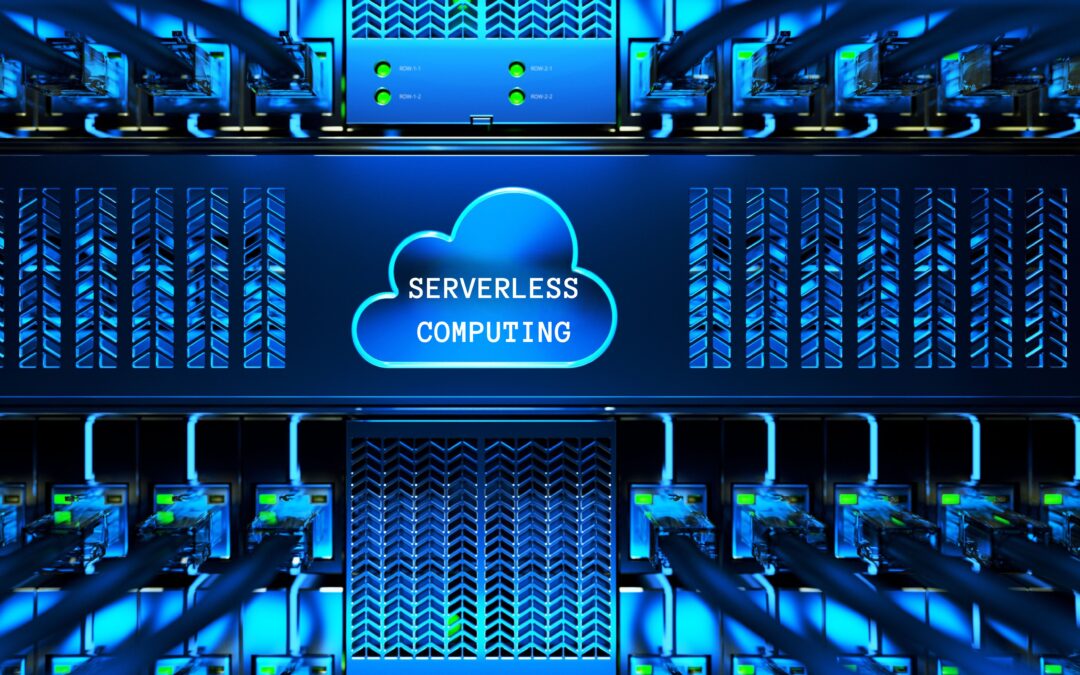The rapid evolution of cloud computing has significantly reshaped how businesses build and deploy applications. Among the many advancements, serverless architecture has emerged as a dominant paradigm, particularly in 2025. By eliminating the need to manage underlying infrastructure, serverless computing enables developers to focus solely on creating and scaling applications. Here’s why serverless architecture is becoming the standard in modern software development.
What is Serverless Architecture?
Serverless architecture refers to a cloud computing model where the cloud provider dynamically manages the allocation and provisioning of servers. Contrary to its name, serverless does not mean there are no servers. Instead, it implies that developers don’t have to deal with server management tasks. Popular serverless platforms like AWS Lambda, Azure Functions, and Google Cloud Functions allow developers to run code in response to events without worrying about the infrastructure.
Key Features of Serverless Architecture
On-Demand Scaling: Serverless functions scale automatically based on usage. Whether handling a single request or millions, the infrastructure adjusts seamlessly.
Cost Efficiency: With serverless, you only pay for what you use. Billing is based on the actual execution time and resources consumed, making it a cost-effective option compared to traditional server-based models.
Event-Driven Model: Serverless architectures are inherently event-driven. Functions are triggered by events such as HTTP requests, database updates, or message queues, enabling real-time processing.
Reduced Operational Overhead: Developers can focus on writing code while the cloud provider handles server maintenance, patching, and scaling.
Why Serverless is the Norm in 2025
1. Increased Developer Productivity: Serverless platforms free developers from the burden of managing infrastructure, allowing them to dedicate more time to building features and improving user experiences. This shift has led to faster innovation cycles and shorter time-to-market for applications.
2. Ubiquity of Cloud Adoption: As businesses continue to migrate to the cloud, serverless computing has become an attractive option due to its simplicity and scalability. By 2025, serverless is no longer a niche solution but a mainstream choice for startups and enterprises alike.
3. Advancements in Serverless Technology: The capabilities of serverless platforms have expanded significantly. Support for longer execution times, advanced monitoring tools, and better integration with other cloud services make serverless suitable for a broader range of applications, including complex workflows and machine learning tasks.
4. Focus on Sustainability: Serverless computing aligns with the global push for sustainability. By optimizing resource usage, serverless reduces energy consumption, contributing to greener IT operations. Businesses are increasingly adopting serverless architectures to meet their sustainability goals.
5. Improved Security: With the cloud provider handling infrastructure security, serverless architectures minimize the risk of vulnerabilities caused by misconfigured servers. This shift allows organizations to focus on securing their applications rather than the underlying infrastructure.
Use Cases Driving Serverless Adoption
1. Real-Time Data Processing: Applications like chatbots, real-time analytics, and IoT data processing benefit from the event-driven nature of serverless functions.
2. Microservices Architecture: Serverless is a natural fit for microservices, enabling developers to deploy individual components independently and scale them as needed.
3. API Backends: Building and managing APIs is simpler with serverless platforms, which offer seamless integration with API gateways.
4. Batch Processing: Tasks like image processing, file conversions, and report generation can be efficiently executed using serverless functions.
Challenges and Considerations
Despite its advantages, serverless architecture is not without challenges:
-
Cold Start Latency: Serverless functions may experience delays when scaling from zero, impacting performance for time-sensitive applications.
-
Vendor Lock-In: Organizations may become dependent on a specific cloud provider’s ecosystem, limiting flexibility.
-
Complex Debugging: Debugging serverless applications can be tricky due to their distributed and event-driven nature.
However, advancements in tooling and multi-cloud strategies are addressing these concerns, further accelerating serverless adoption.
Conclusion
Serverless architecture has transformed how applications are built and deployed, offering unparalleled scalability, cost efficiency, and simplicity. As businesses embrace the agility and innovation serverless enables, it’s no surprise that it has become the norm in 2025. By addressing its challenges and leveraging its benefits, organizations can unlock new levels of performance and efficiency, paving the way for the next wave of technological advancements.

